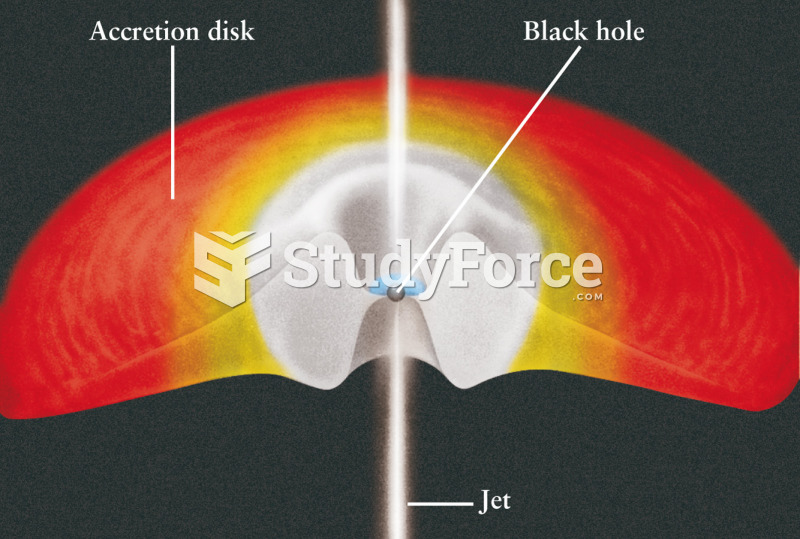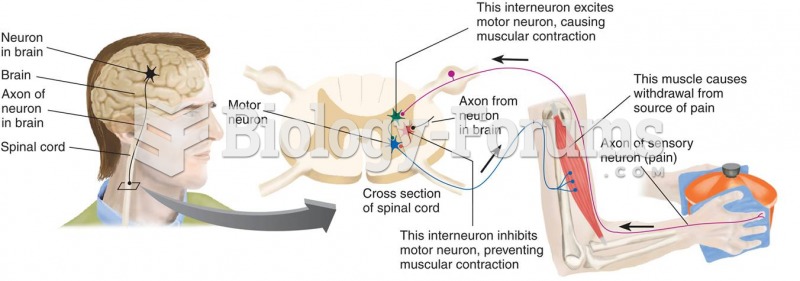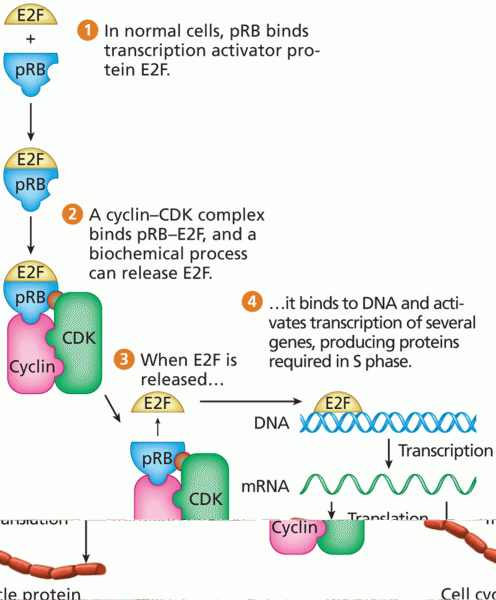Answer to Question 1
Building on the federal National Flood Insurance Act of 1968 that recognized taking steps in advance to reduce the impact of a disaster, Congress passed the Disaster Relief Act of
1970, setting forth the first major attempt by the federal government to emphasize hazard mitigation as a priority to reduce the impact of future disasters. By 1975, nearly 100 federal
agencies had some aspect of disaster assistance. Frustrated with governmental fragmentation,
the National Governors Association (NGA) pushed for a single agency to have jurisdiction
over natural and environmental disasters. In 1978, President Jimmy Carter responded
by issuing Executive Order 12127 creating the Federal Emergency Management Agency
(FEMA). The bombing of Oklahoma City's Alfred P. Murrah Federal Building in 1995 by
Timothy McVeigh and his co-conspirators elevated America's awareness about terrorism.
The Antiterrorism and Effective Death Penalty Act of 1996 required the Department of
Justice (DOJ) and FEMA to train metropolitan firefighters in responding to events caused
by weapons of mass destruction. Three years later, the Defense Against Weapons of Mass
Destruction Act required training state and local first responders on handling threats and
actual weapons of mass destruction incidents. In 2001, FEMA supported Pennsylvania,
Virginia, and New York in responding to the 9/11 attacks with thousands of staff and mobile
communications gear. In 2003, FEMA was officially moved to the Department of Homeland
Security, where it remains today, as the primary agency over disaster relief and mitigation.
Further, FEMA's top official is the president's principal advisor on emergencies and disasters
regardless of causation, natural or man-made. FEMA remained a stand-alone agency within the
Department of Homeland Security. FEMA was given control over more emergency resources and designated as the primary agency responsible for disaster relief and mitigation and FEMA's top official became the president's principal advisor on emergencies and disasters regardless of causation. Today, FEMA's five key missions are prevention, protection, mitigation, response, and recovery.
Answer to Question 2
c







